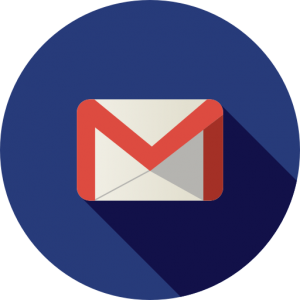Five Simple Email Hacks

Email—for all its faults—remains a pillar of communication in most workplaces across the country. Knowing how to write great emails will help improve the effectiveness of your communication and make life easier for you and your coworkers. In this week’s post, we look at what makes an email effective and we identify three easy ways for you to improve your email writing.
In most cases emails are simple. Someone needs to relay important information to someone else. Sounds simple but, executing this idea can be difficult. However, some small, basic, courteous tools can be used to write a more effective email.
Here are my top 5 tips for writing more effective emails:
Number One: Slow Down
You’re in a rush because you have 50 emails in your inbox and a meeting at noon. Hurrying through won’t help you though, in fact, it could make things worse. The first thing you can do is Slow down. Writing with strong grammar and clarity will help the reader understand what you’re trying to say the first time and you won’t have to send 25 clarifying emails.
Number Two: Use Names
If you find yourself writing an email to a specific person, use their name. This is an oldfashioned idea that needs a new life, everyone likes to hear (or read) their name and not many people do it. Writing the person’s name will give the email a personal feel and grab the readers attention.
Number Three: Think narratively
Give your emails a begging, middle and end. This sort of flow in your emails will make them easy to understand, reducing follow up questions and eliminating extra emails later on.
Point Four: Reread and use Grammarly
Next, minimizing errors in your emails—they are unprofessional and distracting for what you are really trying to say. Have Grammarly installed on your browser and it will work like spellcheck in Microsoft Word or Google Docs. This will cut your errors by 75% or more. Grammarly and programs like it will help but don’t forget to reread your email. This will help the email flow and again help the reader to understand what you are trying to say more clearly.
Point Five: Use a sign-off
You would never walk away from a conversation without saying “Goodbye” or somehow bringing the talk to an end. Emails should be the same. Bring some sort of resolution to the writing, it’s the right thing to do.
